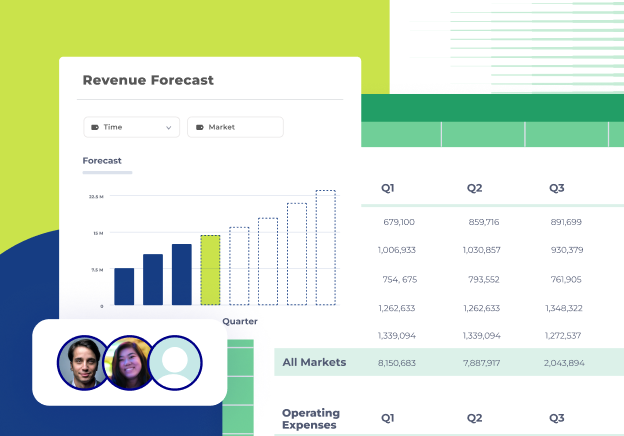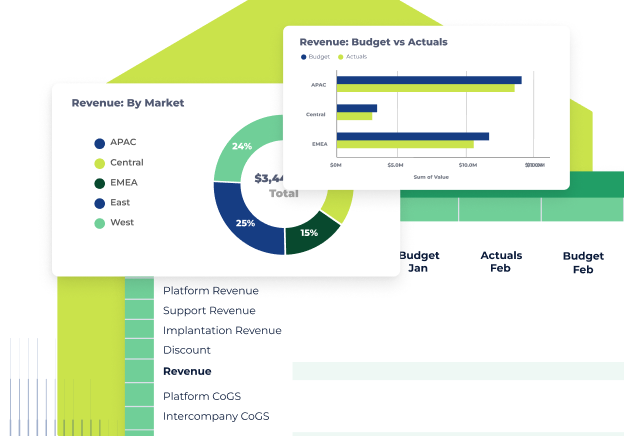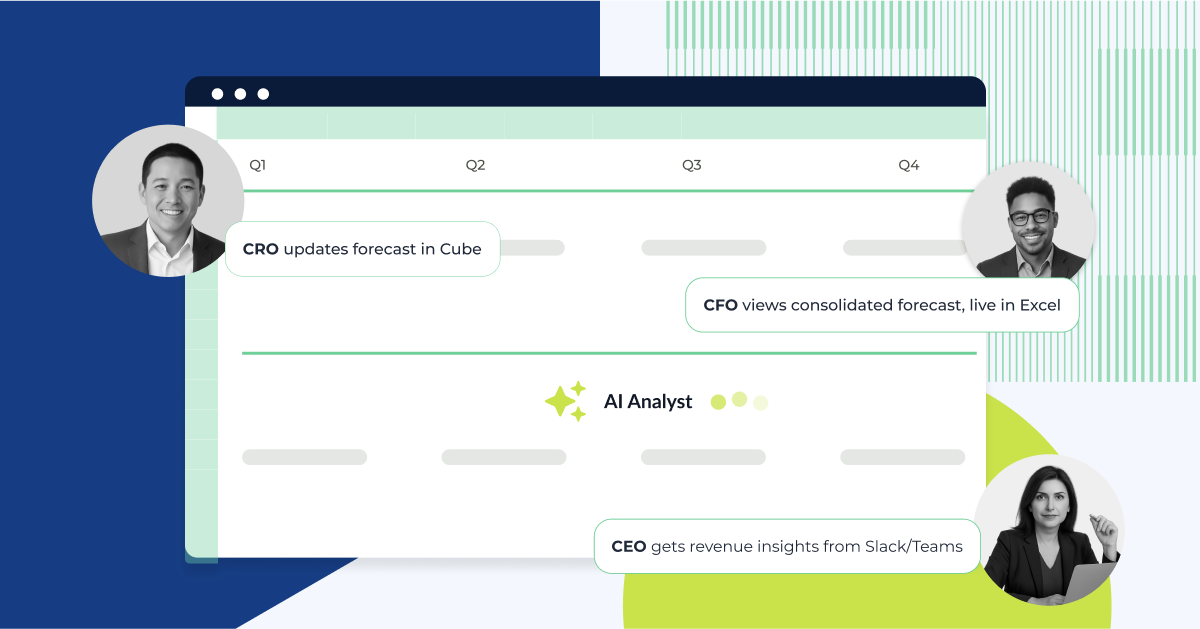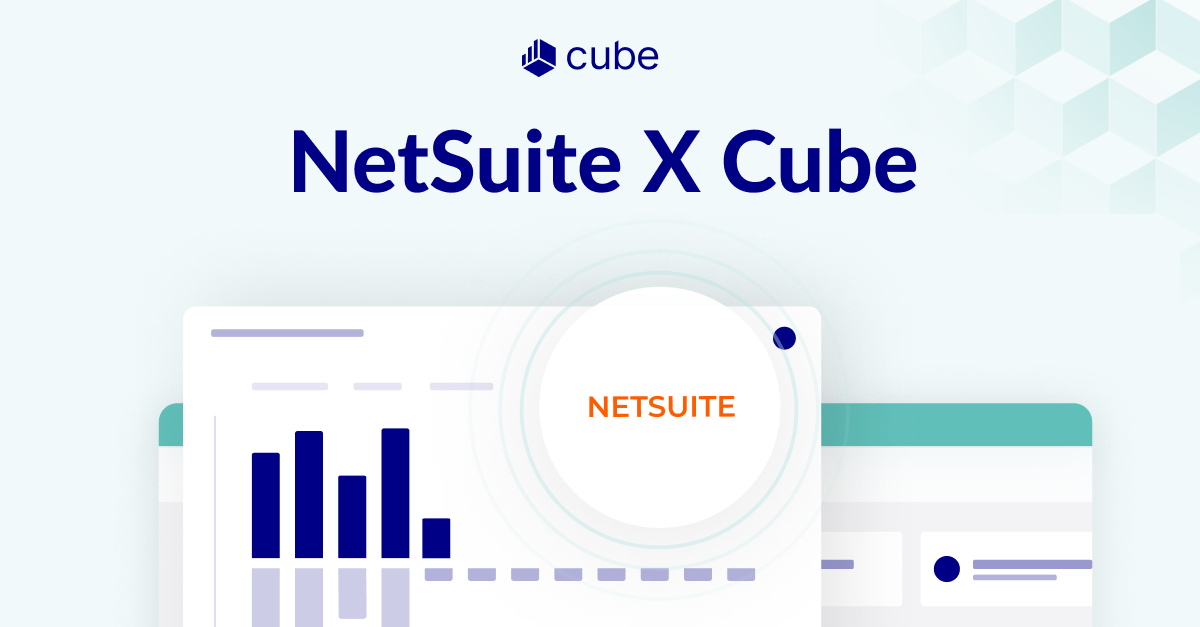Executives
Leaders don’t need more slides. They need timely answers to complex questions and a way to hold teams accountable without waiting for status updates.
The disconnect: Current data, not last month’s plan, should inform executive decisions.
With Cube:
- Company-wide performance is visible in one place, in real time.
- Cube’s AI Analyst answers strategic questions in seconds, not days
- Risk areas and ownership are tracked and transparent.
- Dashboards with the latest data are available for high level review.
- Drillable insights are instantly obtainable for execs who need more clarity.
HR/People Teams
Hiring is a strategic investment. But when recruiting timelines and finance models are out of sync, roles get approved too late or too early, and misalignment multiplies.
The disconnect: Hiring plans and budgets must live in the same system and timeline.
With Cube:
- Headcount models and recruiting plans stay in sync across HR and finance.
- Compensation, start dates, and FTE assumptions are visible only to leaders who are permitted to see them and locked down to everyone else.
- Scenario planning happens together, not in isolation.
- Personnel changes that impact financials are immediately consolidated and retrievable.
Sales Teams
Sales is designed to move fast, but planning processes aren't. The result? High-performing teams often get penalized by rigid headcount rules, lagging forecasts, and slow hiring decisions. The data needed to justify a headcount increase or adjust targets is either late or missing.
The disconnect: Sales shouldn't wait for finance to catch up. Based on real performance, forecasts and hiring decisions should adjust in real time.
With Cube:
- Spot pipeline risks or upside and see instant financial impact.
- Collaborate with finance to dynamically adjust quota targets, headcount, and sales plans.
- Model and centralize multiple scenarios so you can be prepared to move forward no matter what.
- Build and share custom reports that previously would be painstaking or impossible to create in a CRM like Salesforce.
- Create detailed workflows for your sales reps to follow month over month for updating forecasts and reviewing their opportunities.
Operations Teams
Ops teams always deal with change—supply chain shifts, inventory swings, vendor delays. However, those changes are often slow to reflect in planning tools, causing risk and misalignment.
The disconnect: Ops should be able to model and communicate change as it happens, not after the damage is done.
With Cube:
- Key changes in assumptions or logistics are logged and shared in real time.
- Ops leaders can test “what if” scenarios and see the business impact instantly.
- Finance stays looped in without needing another meeting or model.
Marketing Teams
Marketing budgets are often the first to get cut and the hardest to defend, not because they’re wasteful, but because they’re misunderstood. Finance wants performance clarity, and marketing wants strategic flexibility. Without a shared system, both lose.
The disconnect: Marketing should be able to tie spend to outcomes without waiting for finance to validate data.
With Cube:
- Own budget lines and connect them directly to performance outcomes.
- Justify spend in context—within the plan, not in a separate deck.
- Respond to changing strategy without breaking the model.
- Marketing can collaborate in Gsheets if they prefer to work there, and finance can review in Excel or the Cube Workspace.
Why Cube Is the Platform for Collaborative Strategic Finance
- Built to be intuitive for business users with native spreadsheet apps that finance teams love
- Embedded collaboration with Slack, Teams, and spreadsheets
- AI that speaks the language of finance and delivers instant answers; guarded by enterprise-grade permissions



.png)









.png)



.webp)
.png)